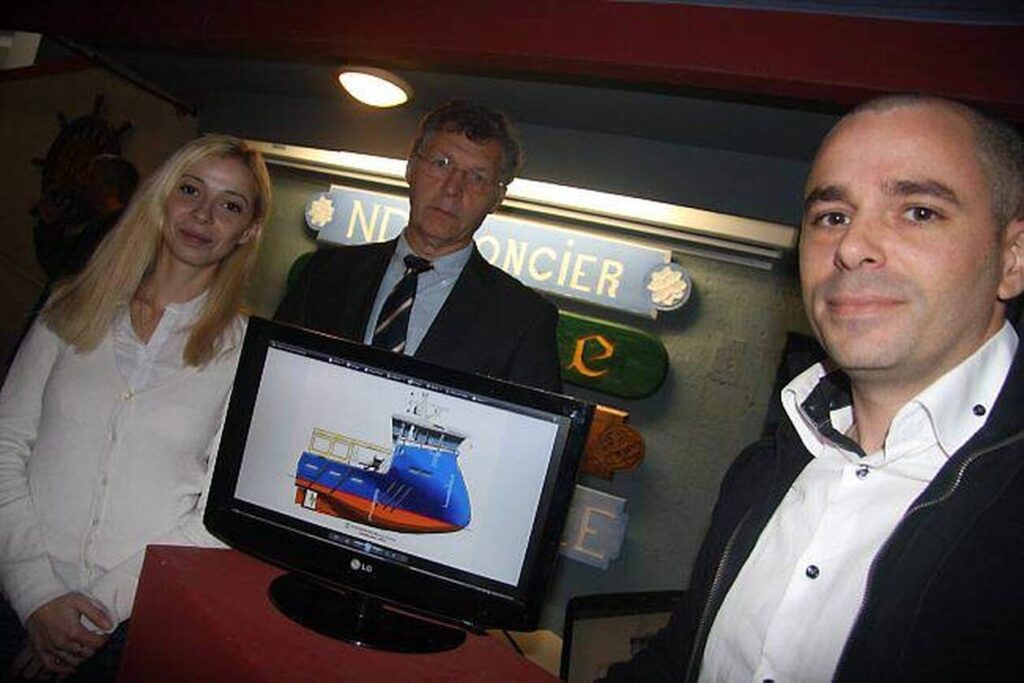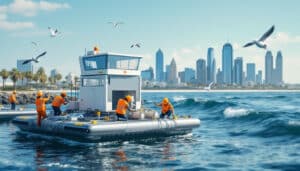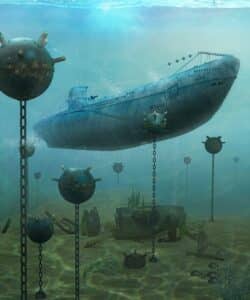Table of Contents
ToggleThe Essence of Artisan Fishing
An Ancestral Heritage Passed Down
Artisan fishing is distinguished by its deeply rooted traditions and its know-how passed down from generation to generation. Unlike industrial fishing, this practice aims to maintain a *sustainable* balance with the natural environment, highlighting techniques that have proven themselves over centuries. This mode of fishing is closely linked to the value of traditional know-how and contributes to the preservation of marine biodiversity. Local communities, which depend on these practices, value the superior quality of their local products. These artisanal practices provide a unique understanding of marine ecosystems that remains unparalleled.
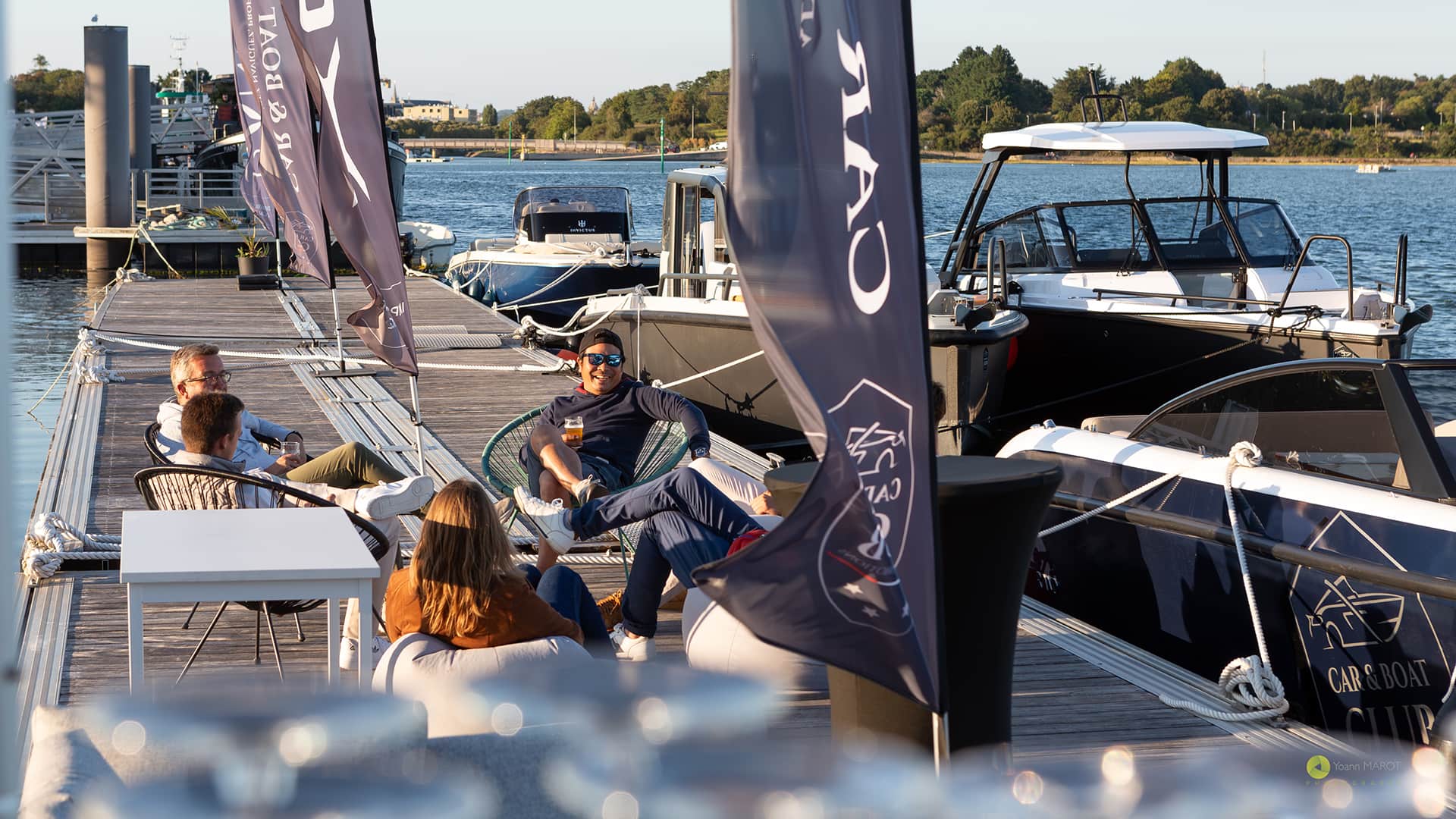
The Techniques Used
The methods of artisan fishing are many and adaptable according to regions and targeted species. Among these, line fishing allows for targeting specific species while reducing bycatch. Selective trawling, although often controversial, can be used responsibly to minimize environmental impact. Finally, rod fishing, extremely selective, prioritizes quality over quantity, ensuring unmatched quality products. These techniques reflect a balance between tradition and innovation, allowing for the respect of traceability of catches while ensuring seasonal production.
The Communities and Local Economy
Supporting local communities is one of the pillars of artisan fishing. By closely collaborating with local fishermen, brands like Nuri and Los Peperetes ensure that employment and economic well-being remain at the heart of their activity. These partnerships translate into the valorization of local fisheries, thus contributing to the sustainability of traditions and know-how. Participating in the local economy allows for fair prices for fishermen and supports coastal communities in terms of infrastructure and economic development.
The Challenges of Sustainability in Artisan Fishing
Maintaining Ecological Balance
Preserving the natural balance is a priority for practitioners of artisan fishing. In order to protect marine biodiversity, it is crucial to follow strict guidelines for sustainable fishing practices. This includes the use of eco-friendly materials, such as biodegradable lines, and adherence to fishing seasons determined by nature. Nuri, for example, is committed to this by only working with responsible partners to ensure the sustainability of marine resources.
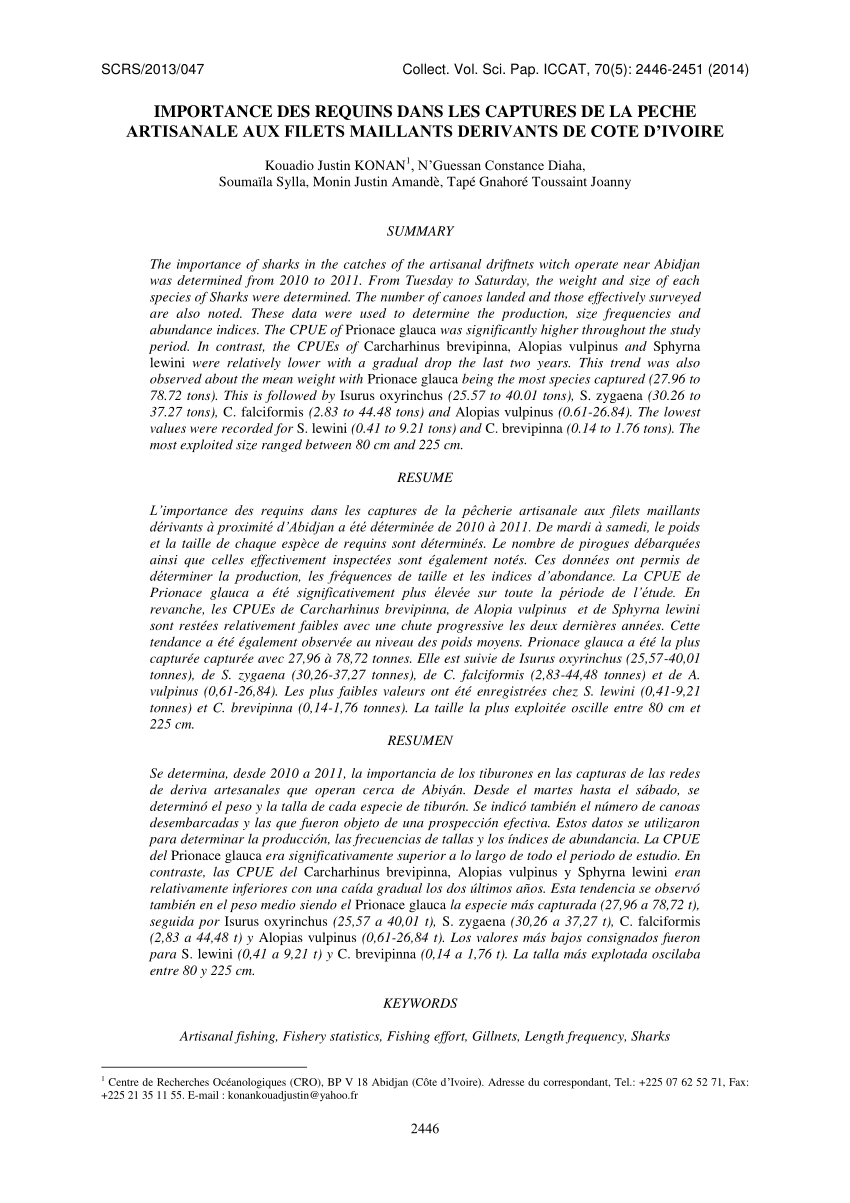
Seasonality and Regulations
Respecting the natural cycles of species is essential. Artisan fishing follows seasonal regulations that allow for the preservation of fish stocks. For example, during certain times of the year, fishermen turn to other activities or species to reduce pressure on specific marine populations. Strict regulations and responsible management ensure that these practices do not compromise the future of resources. Careful monitoring of practices allows for meeting ecological requirements while preserving the local economy.
Role of Eco-Responsible Brands
Eco-responsible brands play a crucial role in supporting artisan fishing. This is the case for Pinhais and Olasagasti, who invest in sustainable practices while ensuring that each product reflects superior quality. Placing respect for the environment at the core of their businesses allows them to offer traceable and seasonal products. These brands demonstrate that craftsmanship can harmoniously integrate with a modern and responsible business, thereby attracting an audience eager to consume consciously.
The Diversity of Products from Artisan Fishing
A Palette of Exceptional Flavors
One of the major advantages of artisan fishing lies in the diversity of its products. From the rich foie of havtaskelever to the delicately grilled salmon from the Faroe Islands, each product is synonymous with quality and commitment. Brands such as Olasagasti offer an expanded range of marine delights that showcase respect for the unique flavors of each species. This culinary richness is a tribute to the ancestral know-how and the patience of artisans who know how to work each fish to reveal its best flavors.
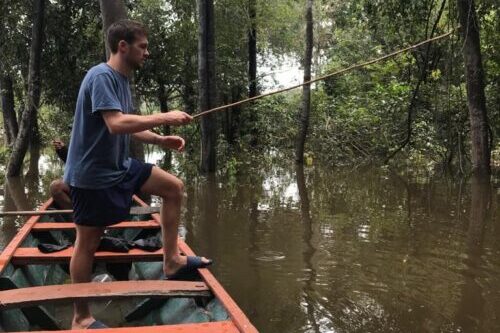
Renowned Brand Products
Committed brands like Nuri and Los Peperetes do not settle for merely offering tasty products. Each can, each fillet, is designed to meet the highest standards of quality and sustainability. Their reputation is anchored in their ability to deliver products that are not only good for the palate but also for the planet. Through their traceability and commitment to environmentally friendly practices, these products become ambassadors of artisan fishing around the world.
Technological Innovations and the Future of Artisan Fishing
The Integration of New Technologies
Technology plays an increasingly important role in optimizing sustainable practices in artisan fishing. Modern tools allow for tracking catches and ensuring the traceability of each product from the sea to the plate. This innovation does not come at the expense of traditional methods but rather aims to complement and make them more efficient. Devices like tracking systems and real-time data analysis change the game, ensuring that each fisherman can maximize his yield while respecting set limits.
International Support and Collaboration
International partnerships and exchanges of expertise between countries allow for the adoption of best practices and inject new dynamics into artisan fishing. Global initiatives, such as joint efforts to reduce bycatch and improve resource management, are a perfect example of how collaboration can propel this sector toward a more sustainable future. These partnerships foster a cultural and technological exchange that strengthens the viability of artisan fishing on a global scale.
Conclusions and Future Reflections
A Vision for the Future
To ensure the sustainability of artisan fishing, it is essential to continue evolving while preserving traditional techniques. By focusing on a strategic alliance between craftsmanship and innovation, this sector can not only secure its survival but also thrive sustainably. Efforts to implement economically and ecologically viable practices mean that artisan fishing remains not only a livelihood but also a source of inspiration for generations to come. With brands like Nuri and Olasagasti at the forefront of this movement, the future of artisan fishing looks promising.

